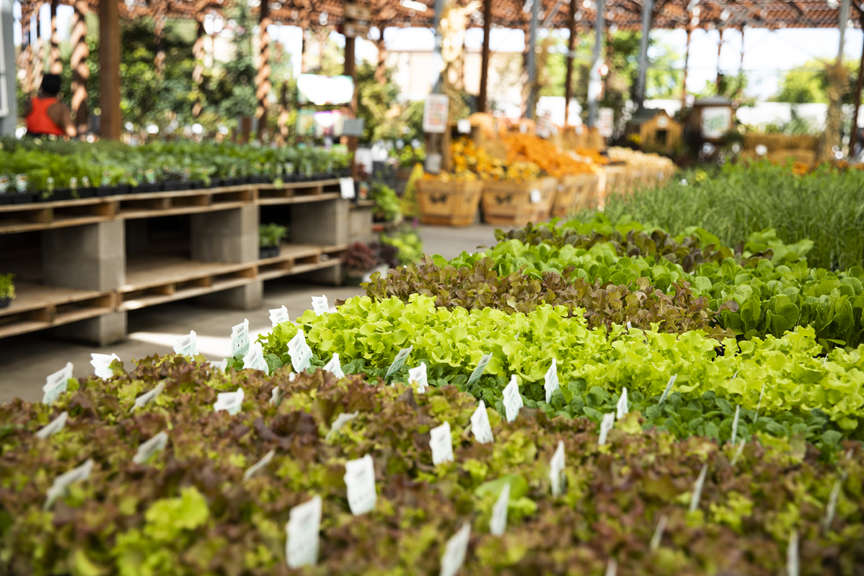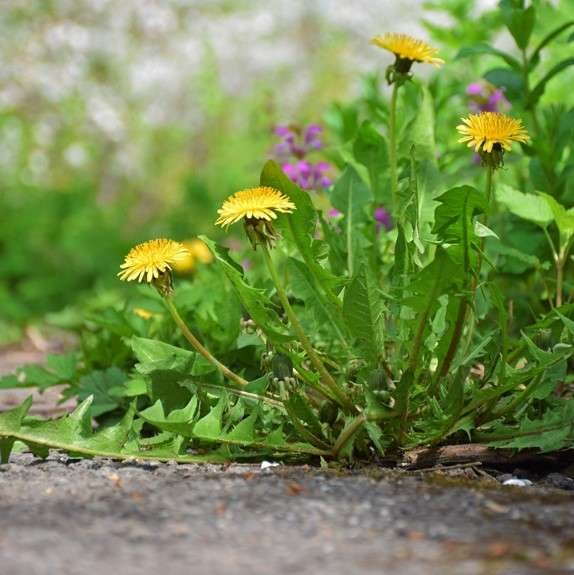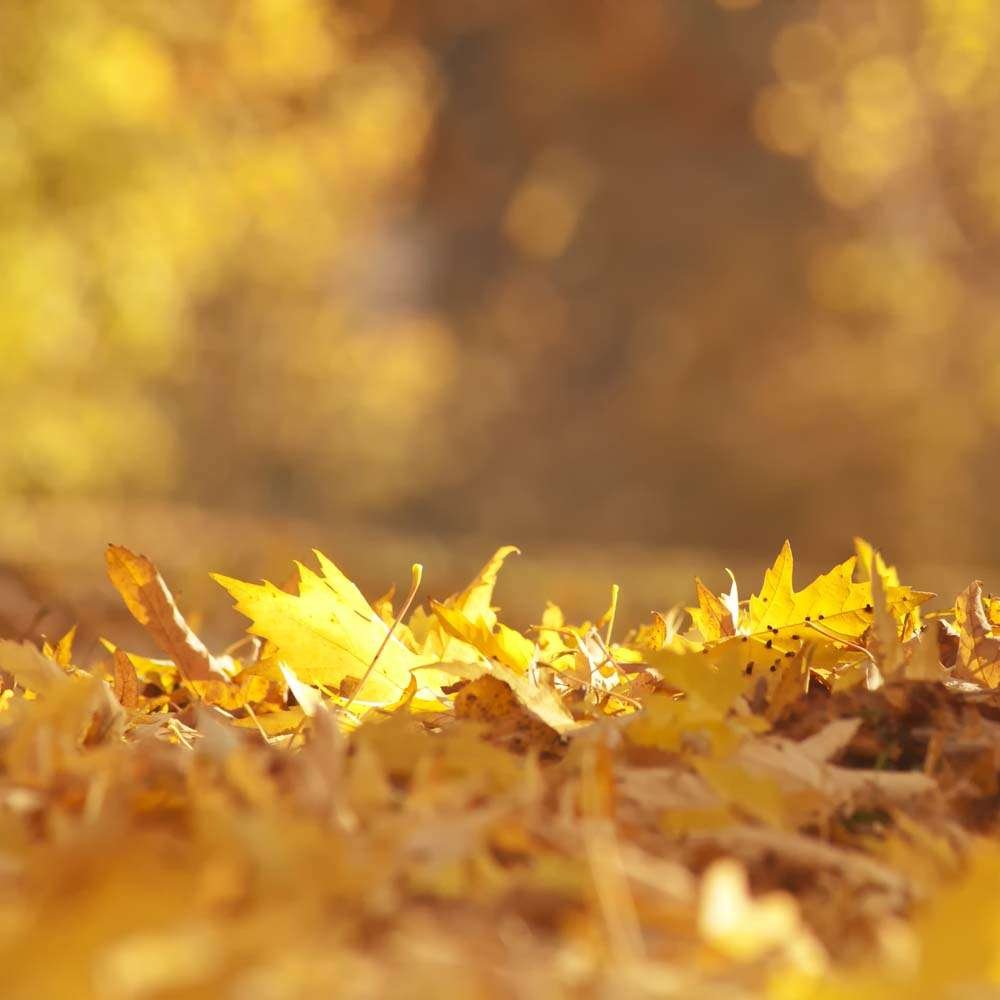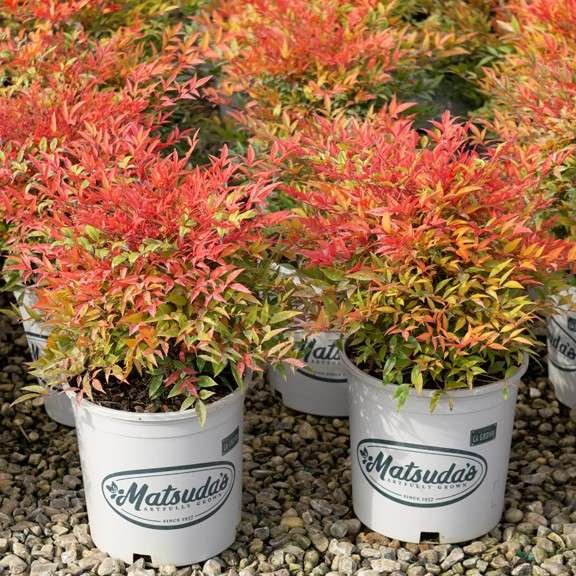
September Garden Solutions

Weeds, Leaf Loss, and Fall Planting
September is a significant transition month from hot summer to milder fall, which allows us to take advantage of another prime planting season. The air is cooling down, but the soil is still warm, creating the perfect conditions to encourage root growth before next summer hits. This month, our garden gurus are getting questions about weeds, leaf loss, and putting in new plants.
Weeds
What is the best way to manage weeds in fall?
For weeds, continue to pull the young ones before they start to develop seed heads. Dispose of them in the green waste bin, not in your compost. Check that your mulch is still deep enough to stop the sun from reaching the soil. Three inches is typically a good depth.
For weeds in the lawn, we recommend keeping the lawn a little taller. Tall lawn shades soil, depriving weed seeds of light, and weed seeds can’t germinate in the dark. And tall lawns hold the moisture from irrigation longer, encouraging a healthy root zone and strong green blades of grass.
Please bring in a sample or picture of the weeds you have to our experts in the stores. They will help identify the weed(s) and recommend the best strategies for control.
For weeds, continue to pull the young ones before they start to develop seed heads. Dispose of them in the green waste bin, not in your compost. Check that your mulch is still deep enough to stop the sun from reaching the soil. Three inches is typically a good depth.
For weeds in the lawn, we recommend keeping the lawn a little taller. Tall lawn shades soil, depriving weed seeds of light, and weed seeds can’t germinate in the dark. And tall lawns hold the moisture from irrigation longer, encouraging a healthy root zone and strong green blades of grass.
Please bring in a sample or picture of the weeds you have to our experts in the stores. They will help identify the weed(s) and recommend the best strategies for control.
Leaf Loss
Tree leaves are yellowing and dropping a bit sooner than usual, what may be causing this?
Bring bagged samples of your leaves to our experts at the nurseries, so we can determine if perhaps the plant is over or underwatered, or, it may be a pest issue.
A good practice for irrigation is to set emitters at the furthest reaches of the branches (the drip edge) and that there are enough drip emitters. The ideal spacing for drip emitters is one for every 12 inches on the ground at the drip edge.
It's important to be mindful of water use, and efficient water systems will prevent you from wasting. Check with your water provider for more information: Be Water Smart.
Typically, fertilizing is not needed for landscape plants this time of year. If feeding is required based on a specific recommendation from one of our gurus, please stick to organic for slow release that won’t burn or stress your plants.
Bring bagged samples of your leaves to our experts at the nurseries, so we can determine if perhaps the plant is over or underwatered, or, it may be a pest issue.
A good practice for irrigation is to set emitters at the furthest reaches of the branches (the drip edge) and that there are enough drip emitters. The ideal spacing for drip emitters is one for every 12 inches on the ground at the drip edge.
It's important to be mindful of water use, and efficient water systems will prevent you from wasting. Check with your water provider for more information: Be Water Smart.
Typically, fertilizing is not needed for landscape plants this time of year. If feeding is required based on a specific recommendation from one of our gurus, please stick to organic for slow release that won’t burn or stress your plants.
Fall Planting
Is fall a good time to plant?
Fall is one of the best seasons to put in new plants, and our garden gurus are here to help you find the right ones. The options are endless: bulbs, veggies, cool-season annuals, trees & shrubs, and more. As temperatures drop and the soil stays warm, new plants have time to develop larger root zones before next summer. Fall planting allows tender young trunks to get stronger, and for canopies to grow as protection for those trunks.
Our gurus remind us that sticking to drip, using mulch, and fertilizing with organics will help keep our plants healthy, successful, and beautiful—no matter what time of year.
Fall is one of the best seasons to put in new plants, and our garden gurus are here to help you find the right ones. The options are endless: bulbs, veggies, cool-season annuals, trees & shrubs, and more. As temperatures drop and the soil stays warm, new plants have time to develop larger root zones before next summer. Fall planting allows tender young trunks to get stronger, and for canopies to grow as protection for those trunks.
Our gurus remind us that sticking to drip, using mulch, and fertilizing with organics will help keep our plants healthy, successful, and beautiful—no matter what time of year.



